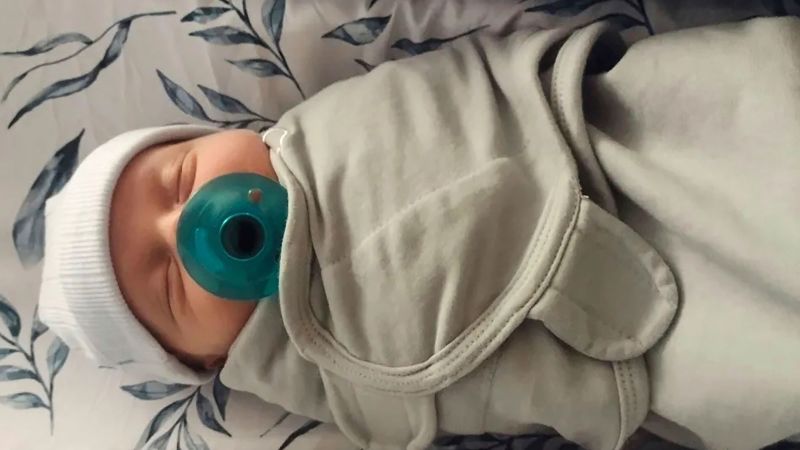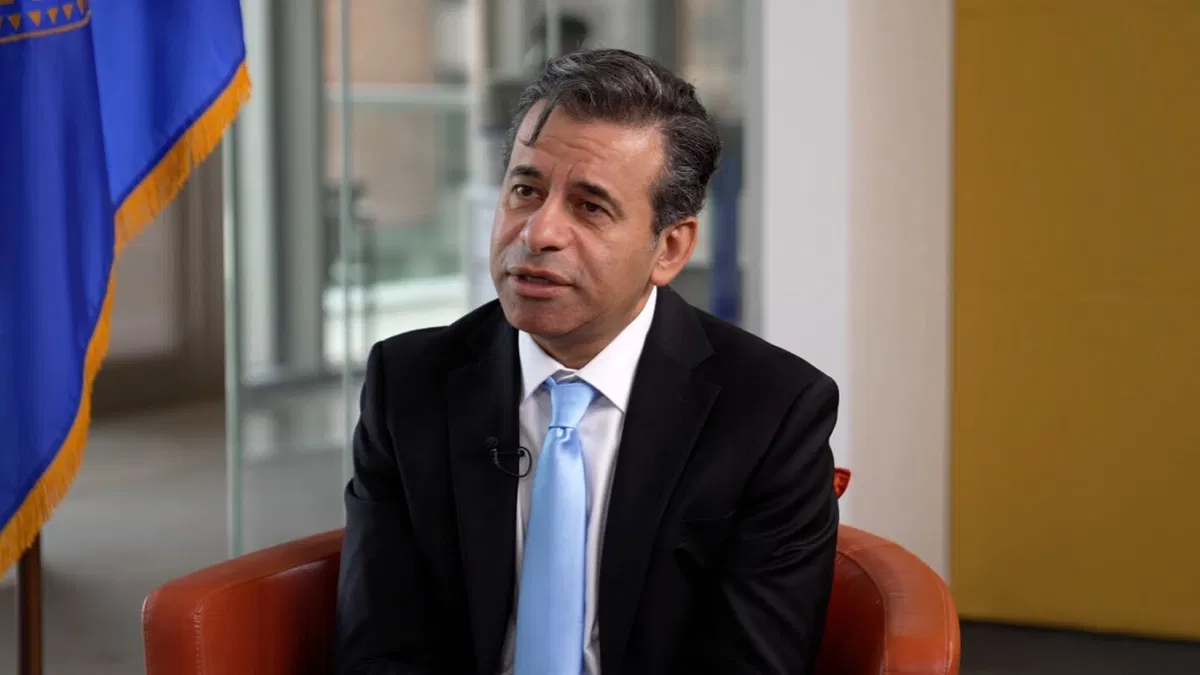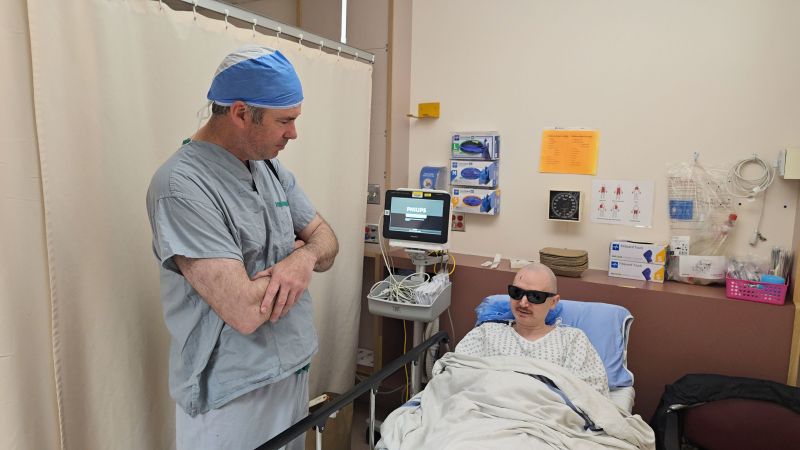
Ohio Couple Welcomes Baby Boy from 31-Year-Old Frozen Embryo
Opinion | 8/1/2025
An Ohio couple recently welcomed a baby boy, believed to be the result of an embryo that had been frozen for nearly 31 years, marking an exceptional occurrence in the realm of assisted reproductive technology. The child’s birth, considered to have set a record for the longest storage time of an embryo before successful birth, has sparked interest and discussion within the medical and scientific communities.
The couple, whose identities have not been disclosed, underwent the process of in vitro fertilization decades ago, leading to the preservation of the embryo that would later result in the birth of their son. This remarkable event raises questions about the viability and longevity of frozen embryos, shedding light on the advancements and possibilities within the field of reproductive medicine.
Medical experts emphasize the significance of this case, highlighting the potential implications for individuals and couples undergoing fertility treatments. While the specific details of the couple’s journey to parenthood remain undisclosed, the successful birth of their child from such a long-frozen embryo underscores the evolving landscape of assisted reproductive technologies and the opportunities they present.
Notably, the ethical and legal dimensions surrounding the storage and use of frozen embryos are subjects of ongoing debate and regulation. As advancements in reproductive science continue to push boundaries, discussions on the rights and status of frozen embryos are likely to persist, with implications for both medical practice and societal norms.
In a statement on the matter, a reproductive health specialist remarked, “The birth of a child from an embryo frozen for nearly three decades is a testament to the remarkable progress in assisted reproductive technologies. It opens up new possibilities and considerations for individuals and couples navigating the complexities of fertility treatments.” The case of this Ohio couple stands as a testament to the ever-evolving landscape of reproductive medicine, offering a glimpse into the potential and challenges that lie ahead in this field.

